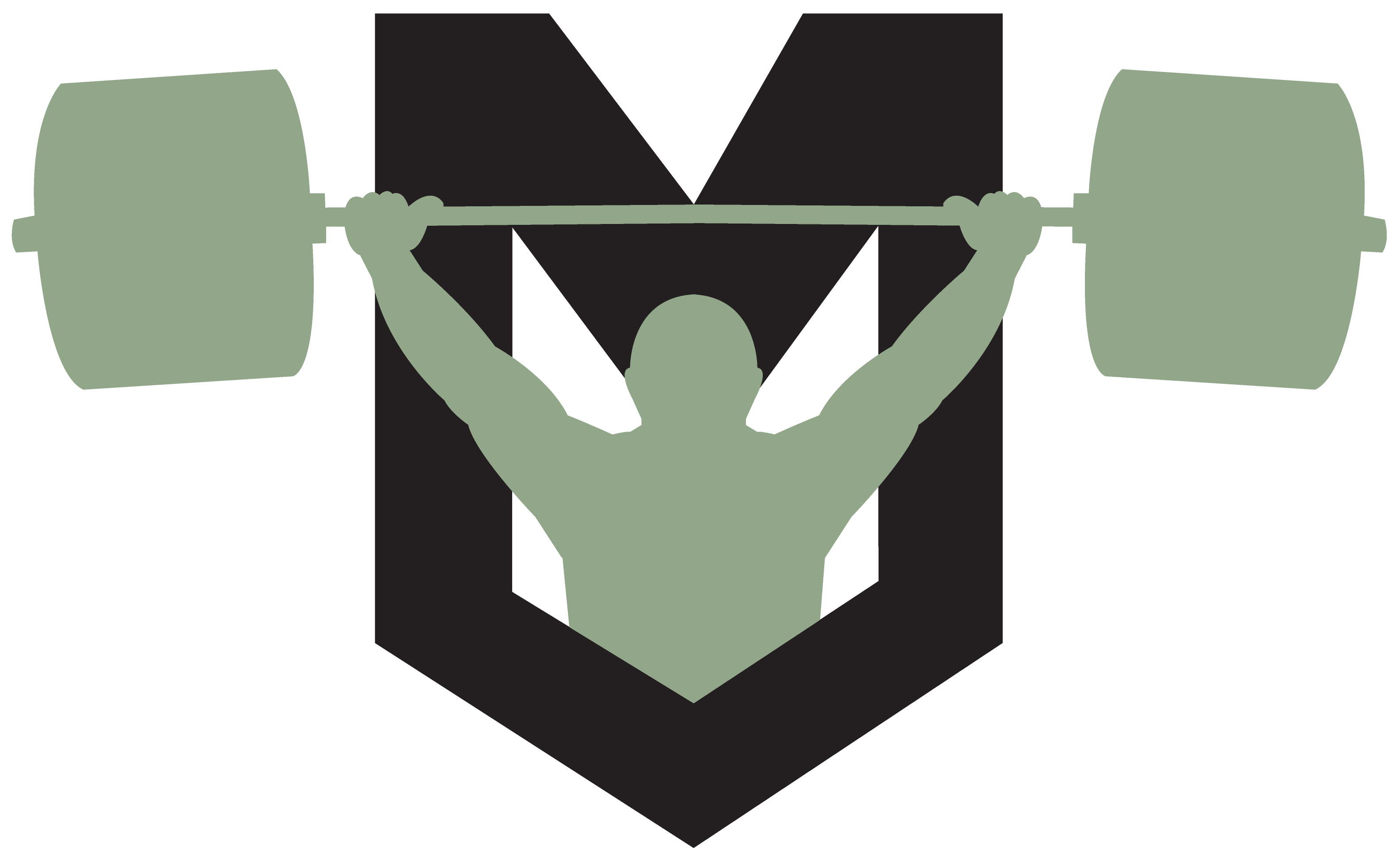The bottom of a squat is like being in the middle of the Sahara Desert for most people.
Whether it’s the Sahara or the bottom of the squat, they don’t want to be there. When they find themselves there, they want out of there.
Yesterday I was at the USAPL Raw Nationals, and I noticed several people weren’t comfortable in the bottom of the squat. Others simply avoided the bottom all together. Both instances resulted in red lights.
Whether you are a powerlifter, weightlifter, or someone who simply likes the barbell, you are going to want to feel comfortable in the bottom or a squat. You need to find your oasis in the middle of the Sahara. Today I want to give you a few ideas to embrace the bottom.
[thrive_leads id=’12612′]
Stability, Mobility, and Confidence
Stability is necessary for the lifter to both reach depth and to be safe once hitting depth. If your body isn’t stable in the bottom of a squat, it will tighten up to avoid a weak position. It feels like immobility, but it is simply the body protecting itself from a lack of stability. People who are able to get low but lack stability are at risk of multiple low back injuries. Either way, it’s important for the athlete to stabilize the body at the bottom of a squat in the proper position.
In today’s world of sitting at a desk, mobility seems to be the biggest culprit for high squats. Tight hips and ankles can both cause issues for getting low. Lack of mobility will force athletes to use bad mechanics just to reach depth, which is worse than just squatting high.
Sometimes it’s simply confidence that won’t let people squat low. We all know that the bottom of the squat is the weakest point of the lift. That’s the way the strength curve works. That’s why we can all squat more weight if we don’t go low. It’s the middle of the Sahara during the middle of the afternoon, and no one wants to be there.
So how do we fix all three of these aspects?

Here are a few of my favorite ways to strengthen the bottom of the squat:
1. Bottoms: I was taught this exercise several years ago, and I can attribute this one exercise to helping me embrace the bottom. The exercise is performed just the way it sounds. You squat all the way down to rock bottom. Then you squat upward 12 inches, and then back down you go. You will repeat this 5 to 8 repetitions before standing up erect again.
You can use this exercise as a max effort exercise, or you can use it as a finisher for any of your squat days. I have used it for both. Nothing will make you feel more confident in the bottom of a squat than bottoms. You can get creative with them as well by adding chains or bands. You can also play with the reps like 5 bottoms, stand erect, squat again, 5 more bottoms, and then finish. The goal is confidence in the bottom.
2. Pauses in the Bottom: Any one who has ever completed one of my programs knows that I am a big fan of pause squats. Pause squats are great for building stability in the bottom of a squat. I suggest playing around with the pause times anywhere from 1-10 seconds.
3. Breathing Pause Squats: These are great because they will help with increased mobility as well as stability. If you hold your breath during pauses, you are stabilizing with IAP (intra abdominal pressure). If you are breathing, you are stabilizing by bracing with the musculature around the spine. This is much more functional. The breathing will relax the muscles during each breath, which will increase the range of motion almost every breath. It’s like taking deep breaths while static stretching.
4. Frequency: This was the number one way that I increased my mobility last year. By performing the movement on a daily basis, I was able to become more efficient at the movement. The improved efficiency led to increased mobility and stability. Squatting every day improved my ability and strength in a very short amount of time. The big key was constant variation.
5. A Proper Warm-up: I like to use movements that will excite the nervous system to prepare my body to squat. I like to use resistance for my warm-ups. The hip circle from Mark Bell is a great way to warm up the hips. I like to use kettlebells to warm up the posterior chain with some simple swings, and to get my body prepared to squat with goblet squats and potato squats. After 10-15 minutes with a hip circle and a kettlebell, I am ready for the barbell.
[thrive_leads id=’12612′]
Be Consistent!
If you want to squat low and be safe while doing so, give these five ideas a try. Last year, when I competed at my first super total, I was 42 years old. I was forced to become much wiser in my training. I probably learned more last year than in my entire prior years combined. Now I am able to pass on all of this information on to you.
If you are a powerlifter, you will need to embrace the bottom of a squat. If you are a weightlifter, you need to stabilize the bottom of a squat for safety. Either way the bottom needs to become your friend.

